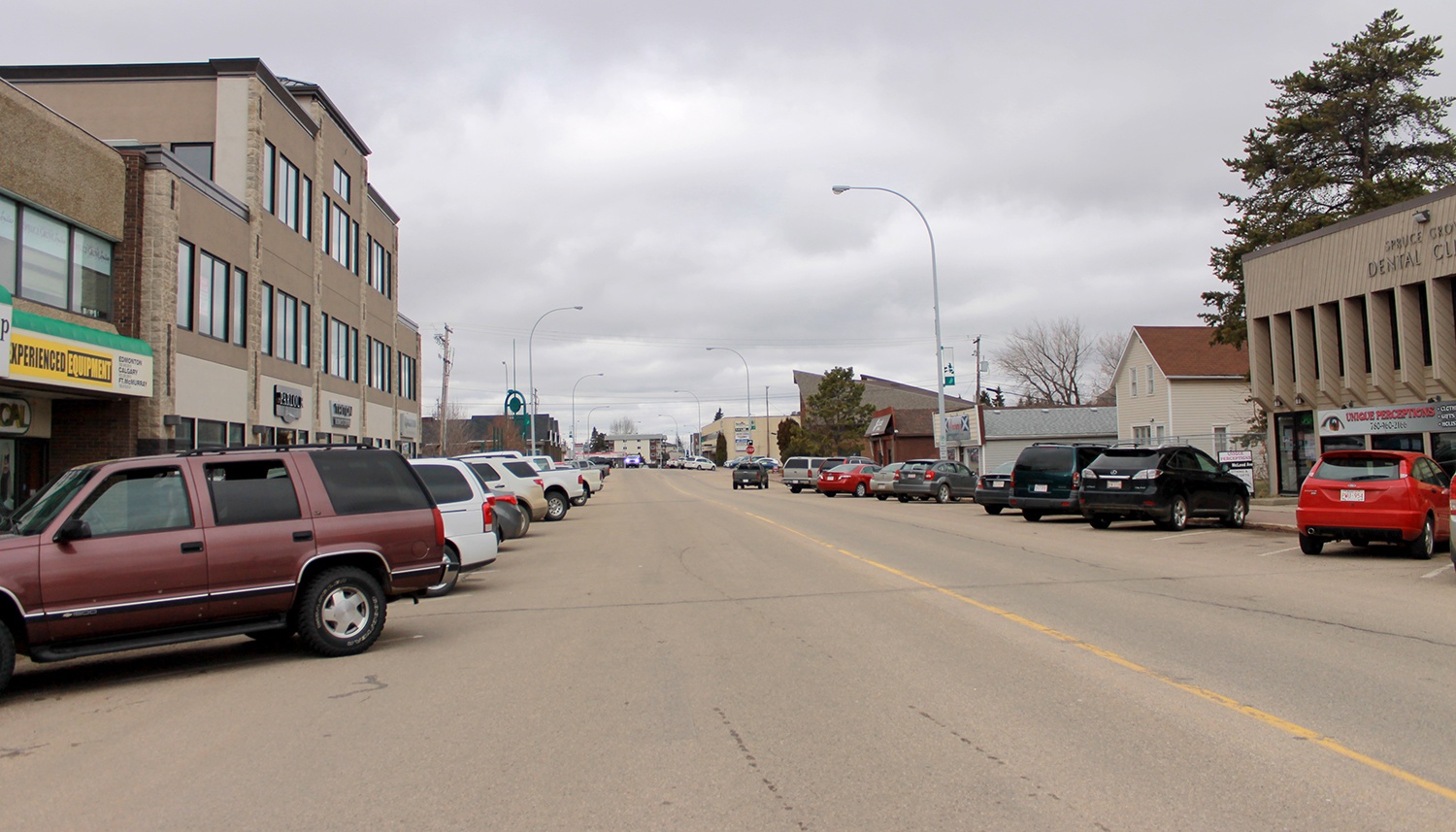Dry socket is a common complication that can occur after a tooth extraction. It happens when the blood clot that normally forms in the socket where the tooth was removed either dissolves or is dislodged. This exposes the underlying bone and nerves, causing severe pain and discomfort. One of the most common questions people have about dry socket is what it looks like.
When a dry socket occurs, the empty socket can appear white or grayish in color, as opposed to the dark red or black color of a normal blood clot. Additionally, the exposed bone may be visible in the socket. These visual indicators, along with other symptoms like severe pain and bad breath, can help your dentist diagnose dry socket and determine the best course of treatment.
In this article, we’ll take a closer look at what a dry socket looks like and how it differs from a normal healing socket. We’ll also explore the symptoms of dry socket and the different treatment options available. Whether you’ve recently had a tooth extracted or are simply curious about this common dental issue, read on to learn more about what a dry socket looks like and how to spot the signs.
What is a Dry Socket?
After a tooth extraction, a blood clot forms in the socket to protect the bone and nerves. However, if this clot dislodges or dissolves before the wound heals, it can lead to a painful condition called dry socket.
Dry socket is a common complication that occurs in about 2-5% of all tooth extractions. It is more common in wisdom teeth extractions, smokers, and women who take birth control pills.
The main symptom of dry socket is severe pain that begins a few days after the extraction. The pain can radiate to the ear and neck and may be accompanied by bad breath and an unpleasant taste in the mouth.
To diagnose dry socket, a dentist will examine the extraction site and look for an empty socket with visible bone. The opening may also appear dry and have a creamy or white color.
It is important to seek medical attention if you suspect you have dry socket. Without proper treatment, the pain can become unbearable and lead to further complications.
Sources: Rodeo Dental, New Mouth
Symptoms of a Dry Socket
After a tooth extraction, you should develop a blood clot in the socket (hole) that’s left behind. It’ll look like a dark-colored scab. However, if the blood clot is dislodged or dissolves before the wound has healed, it can cause a painful condition called a dry socket. Some of the symptoms of a dry socket include:
- Throbbing pain that radiates from the socket and can extend up to the ear, eye, temple, or neck on the same side of tooth extraction
- Bad breath or unpleasant taste in the mouth
- Visible bone in the socket
- Difficulty opening the mouth or swallowing
- Swollen lymph nodes in the neck or jaw
If you experience any of these symptoms after a tooth extraction, it’s important to contact your dentist or oral surgeon right away. They can examine the socket and determine if you have a dry socket or another complication.
It’s worth noting that not everyone who has a tooth extraction will develop a dry socket. Certain factors can increase the risk of developing a dry socket, including smoking, using oral contraceptives, and having a difficult extraction.
Overall, if you’re experiencing pain or discomfort after a tooth extraction, it’s important to seek professional medical advice to ensure proper healing and prevent further complications. Sources:
What Does a Dry Socket Look Like?
A dry socket is a condition that can occur after a tooth extraction when the blood clot that normally fills the socket dissolves or falls out too soon, exposing the underlying bone and nerves. This can cause significant pain and discomfort, and it can also increase the risk of infection.
One of the most noticeable signs of a dry socket is the appearance of the extraction site. A healthy socket will be a hole with a noticeable blood clot in the center. If your socket appears white in color, chances are you are seeing exposed bone and have lost the blood clot. In cases where bacteria or infection cause the clot to dissolve, you may see a socket that is black, green, or yellow in color.
Other common signs and symptoms of a dry socket include:
- Throbbing pain (possibly very intense pain)
- Bad breath (a foul odor and/or bad taste coming from your extraction site)
- Difficulty opening your mouth or swallowing
- Swollen lymph nodes in your neck or jaw
If you think you may have a dry socket, it’s important to see your dentist or oral surgeon as soon as possible. They can examine the extraction site and provide appropriate treatment to help manage your symptoms and prevent further complications.
Sources: Medical News Today, Cleveland Clinic
Causes of Dry Socket
Dry socket is a common complication that can occur after a tooth extraction. The condition is characterized by severe pain and discomfort in the affected area, and it can significantly delay the healing process. The exact causes of dry socket are not entirely clear, but there are several factors that can increase the risk of developing this condition.
One of the most common causes of dry socket is the premature loss of the blood clot that forms in the socket after the tooth extraction. The blood clot is essential for the healing process, as it protects the underlying bone and nerve endings from exposure to food particles and bacteria. If the blood clot is lost or dislodged before the socket has fully healed, the bone and nerve endings can become exposed, leading to pain and discomfort.
Other factors that can contribute to the development of dry socket include:
- Smoking or using tobacco products
- Poor oral hygiene
- History of gum disease or tooth infections
- Trauma or injury to the extraction site
- Use of oral contraceptives or other hormonal medications
- Underlying medical conditions, such as diabetes or autoimmune disorders
It is important to note that not everyone who undergoes a tooth extraction will develop dry socket. However, individuals who are at a higher risk of developing this condition should take extra precautions to prevent it from occurring. This may include quitting smoking, maintaining good oral hygiene, and following any post-operative instructions provided by the dentist or oral surgeon.
Sources:
Preventing Dry Socket
Dry socket can be a painful and uncomfortable complication after a tooth extraction. However, there are steps you can take to reduce your risk of developing dry socket. Here are some tips:
- Avoid smoking or using tobacco products for at least 48 hours after the extraction. Nicotine can delay healing and increase your risk of developing dry socket.
- Be gentle with the extraction site. Avoid touching it with your tongue or fingers, and don’t rinse your mouth vigorously for the first 24 hours after the extraction.
- Follow your dentist’s instructions for aftercare. This may include taking pain medication or antibiotics, and avoiding certain foods or activities.
- Eat soft, cool foods for the first few days after the extraction. Avoid hot, spicy, or crunchy foods that can irritate the extraction site.
- Keep the extraction site clean. Brush your teeth gently, and rinse your mouth with salt water or an antiseptic mouthwash as directed by your dentist.
If you have any concerns or questions about preventing dry socket, be sure to talk to your dentist. They can provide personalized advice based on your individual needs and situation.
Sources: Medical News Today, Mayo Clinic
Treatment for Dry Socket
If you suspect you have a dry socket, it is important to contact your dentist or oral surgeon immediately. They will examine the socket and determine the best course of treatment. Treatment for dry socket typically involves:
- Medicated dressings: Your dentist or oral surgeon may pack the socket with medicated dressings that contain eugenol, which can help alleviate pain and promote healing.
- Pain medication: Over-the-counter pain medication such as ibuprofen or acetaminophen may be recommended to help manage pain.
- Antibiotics: If the socket becomes infected, your dentist or oral surgeon may prescribe antibiotics to help clear the infection.
- Warm salt water rinses: Rinsing your mouth with warm salt water can help reduce pain and swelling.
- Follow-up appointments: Your dentist or oral surgeon may schedule follow-up appointments to monitor the healing process and ensure that the socket is healing properly.
It is important to follow your dentist or oral surgeon’s instructions carefully to ensure proper healing and prevent further complications. Avoid smoking, using straws, and eating hard or crunchy foods until the socket has fully healed. Be sure to keep the socket clean by gently rinsing with warm salt water and following any other instructions provided by your dentist or oral surgeon.
While dry socket can be painful and uncomfortable, it is typically treatable with proper care and attention. If you suspect you have a dry socket, contact your dentist or oral surgeon right away to begin treatment.
Sources: Mayo Clinic, NewMouth
Complications of Dry Socket
Dry socket, also known as alveolar osteitis, is a condition that occurs when the blood clot that forms in the socket after a tooth extraction is dislodged or dissolves before the wound has healed. This can lead to severe pain and discomfort, as well as other complications.
Some of the complications of dry socket include:
- Infection: When the blood clot is dislodged, it can expose the bone and tissue underneath, which can become infected. Symptoms of infection include fever, swelling, and a bad taste or odor in the mouth.
- Delayed healing: Dry socket can slow down the healing process, which can lead to prolonged pain and discomfort.
- Nerve damage: In rare cases, dry socket can damage the nerves in the jaw, leading to numbness or tingling in the mouth or face.
- Bone exposure: When the bone is exposed, it can lead to a condition called osteomyelitis, which is a serious infection of the bone.
If you experience any of these complications after a tooth extraction, it is important to seek medical attention right away. Your dentist or oral surgeon can provide treatment to help alleviate your symptoms and prevent further complications.
Sources: Mayo Clinic, Byte, MedlinePlus
Conclusion
Knowing what a dry socket looks like is important for anyone who has recently had a tooth extraction. A dry socket can be a painful complication that requires immediate attention from a dental professional.
Some common signs of a dry socket include severe pain, a foul taste or odor in the mouth, and an empty-looking socket without a visible blood clot. It’s important to note that not all cases of pain after a tooth extraction are due to a dry socket, so it’s important to consult with a dental professional to determine the cause of the pain.
If you suspect you may have a dry socket, it’s essential to seek prompt treatment. Your dentist may recommend a medicated dressing to help alleviate pain and promote healing. They may also prescribe pain medication or antibiotics to help manage symptoms and prevent infection.
Remember, proper oral hygiene and following your dentist’s aftercare instructions can help reduce the risk of developing a dry socket after a tooth extraction. If you have any concerns or questions about your recovery after a tooth extraction, don’t hesitate to reach out to your dental professional for guidance.
Sources: Medical News Today, Cleveland Clinic, NCBI, Dr. Wooten, Jaw-Doc















